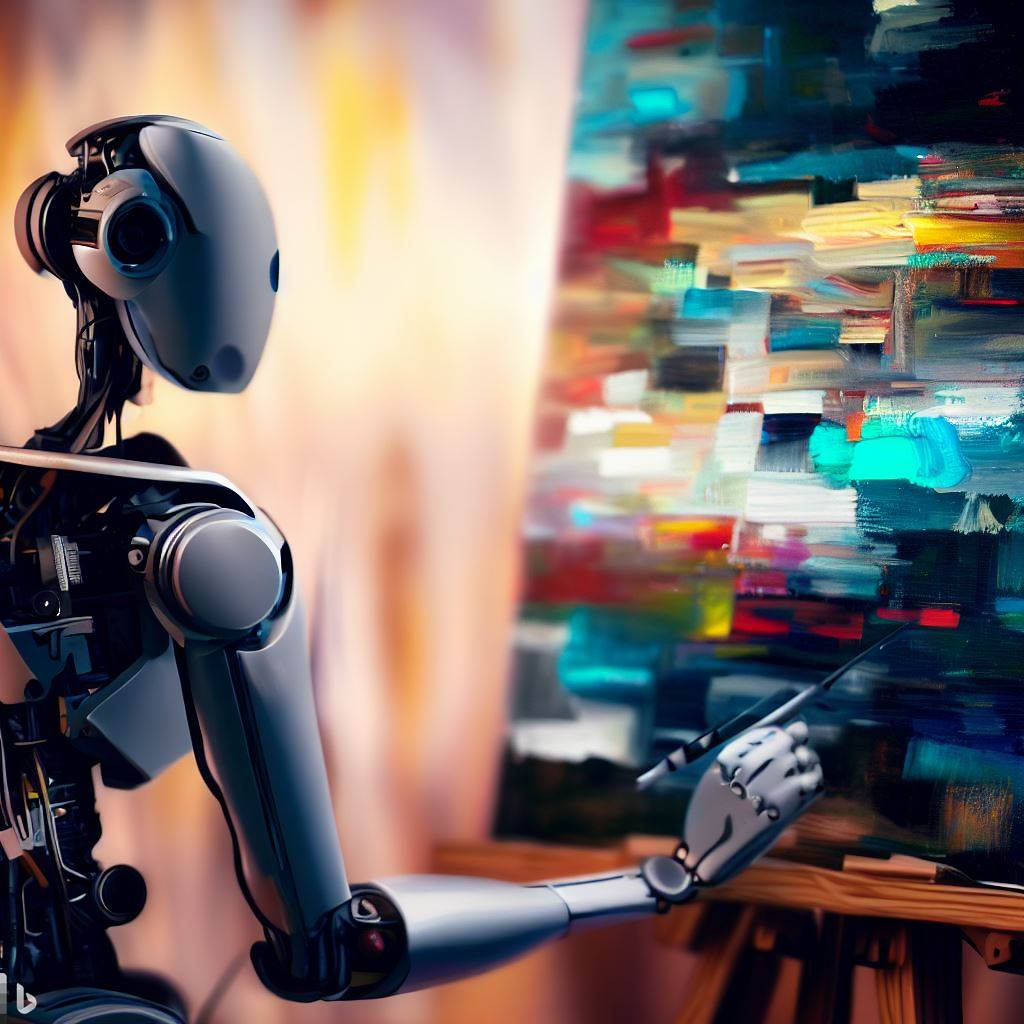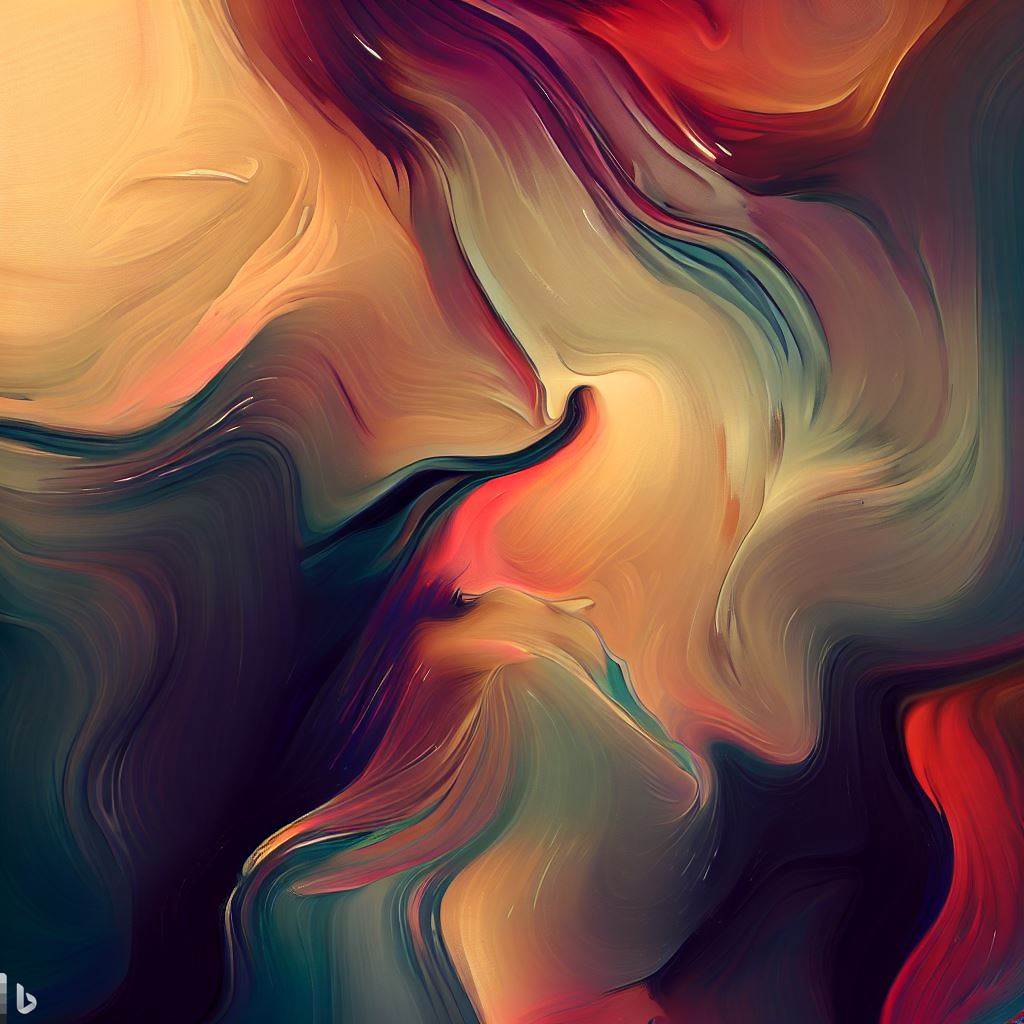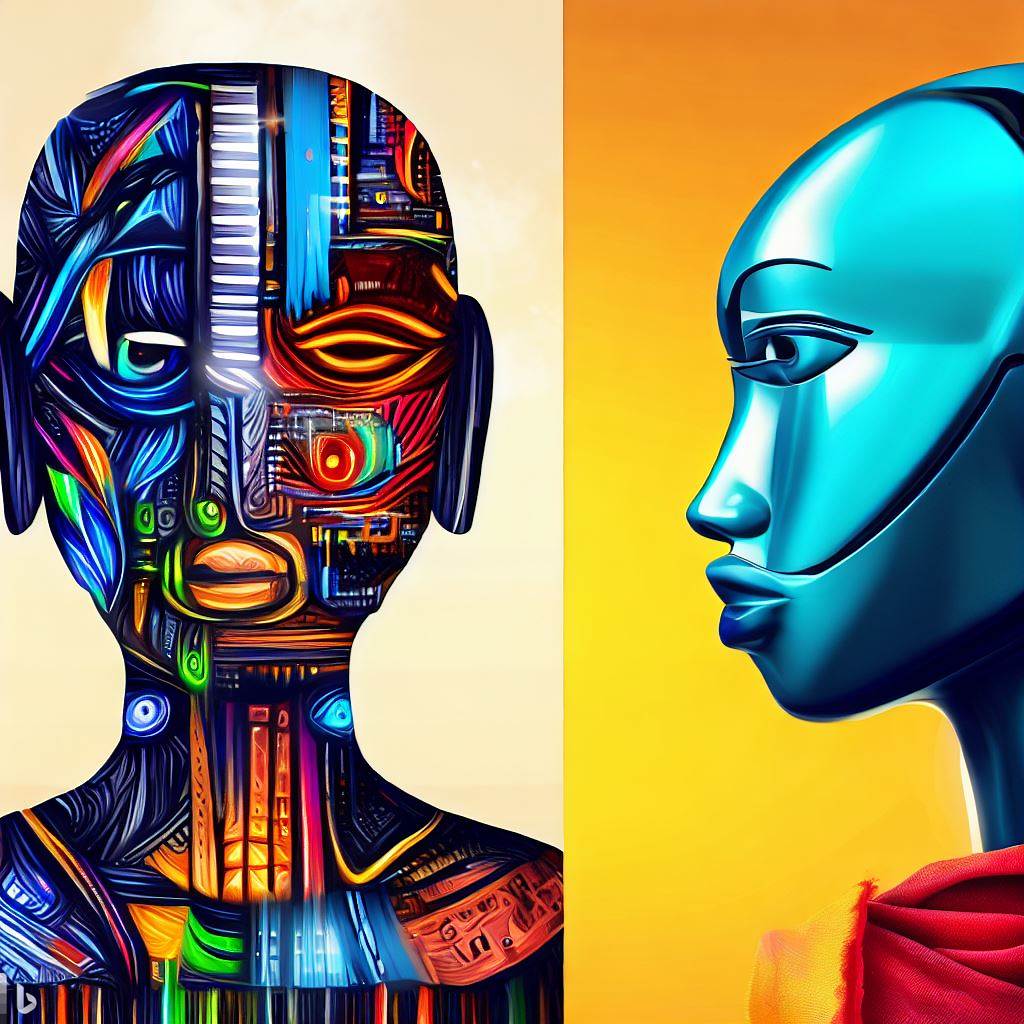Art has long been regarded as a reflection of the human spirit, a medium through which we express our deepest emotions and provoke thought. With the rapid advancements in technology, the world of art is undergoing a profound transformation. Artificial Intelligence (AI), once confined to the realms of science fiction, has now emerged as a powerful tool in the hands of artists, challenging traditional notions of creativity and pushing the boundaries of artistic expression. In this article, we delve into the captivating world of AI art, examining its beauty, its controversies, and the fascinating interplay between human ingenuity and machine intelligence.
The Rise of AI Art
AI art has gained significant traction in recent years, fueled by breakthroughs in machine learning algorithms and the availability of vast amounts of data. Artists and technologists have embraced this new frontier, exploring ways to harness the creative potential of AI. By training algorithms on massive datasets comprising art, music, and literature, AI systems can now generate original artwork, compose symphonies, and even write poetry.
The Beauty of AI Art
One of the most compelling aspects of AI art lies in its ability to create visuals that transcend human imagination. Machine learning algorithms can analyze millions of images, learn their underlying patterns, and then generate entirely new and mesmerizing visuals. The results are often surreal, blending different styles and pushing artistic boundaries. From dreamlike landscapes to abstract compositions that challenge conventional aesthetics, AI art unveils uncharted realms of visual expression, offering fresh perspectives and inviting viewers to contemplate the meaning behind the imagery.
Moreover, AI art has opened doors for collaboration between human artists and intelligent algorithms. Artists can now work alongside AI systems, using them as co-creators and exploring the possibilities of this novel partnership. This symbiotic relationship allows artists to tap into the vast computational power of AI, enabling them to experiment, iterate, and unlock new artistic potentials that were once unimaginable.
Controversies Surrounding AI Art
While AI art presents us with intriguing possibilities, it also raises questions and sparks debates. Critics argue that the essence of art lies in the unique human experiences and emotions that artists bring to their creations. They argue that AI lacks consciousness and emotional depth, rendering its artistic output devoid of genuine meaning or intention.
Additionally, concerns have been raised regarding the originality and ownership of AI-generated art. Who should be credited as the artist: the human creator, the AI system, or both? These questions challenge traditional notions of authorship and intellectual property, requiring a reevaluation of our legal and ethical frameworks.
Looking Ahead: The Future of AI Art
As AI continues to advance, the future of AI art holds immense promise and potential. We can anticipate further exploration of novel mediums, such as virtual and augmented reality, where AI can create immersive artistic experiences. Additionally, as AI becomes more integrated into our daily lives, it will shape the way we interact with art, from personalized artistic recommendations to interactive installations that respond to our emotions and preferences.
In this ever-evolving landscape, it is crucial to embrace AI art as a complementary force to human creativity rather than a replacement. By appreciating the unique perspectives and capabilities that AI brings, we can foster a harmonious coexistence between human artists and intelligent machines, enriching our artistic landscape and broadening the horizons of human expression.
Summary
AI art represents an exhilarating fusion of human creativity and technological prowess. It opens up new frontiers of visual expression, challenging established norms and inviting us to contemplate the very essence of art. While controversies persist, they spur us to rethink our understanding of creativity, authorship, and the boundaries of artistic possibility. As we journey into the future, the beauty and controversy of AI art will continue to captivate us, inspiring us to explore uncharted realms of imagination and redefine the ever-evolving relationship between art and technology.



